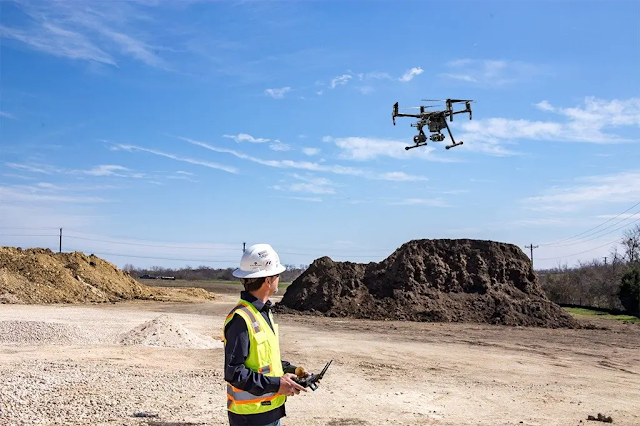India generates 500 million tonnes of crop residue annually, according to
the Union Ministry of New and Renewable Energy. Crop residue is typically used as fodder
and fuel for domestic and industrial purposes. A surplus of 140 million tonnes, however,
reportedly remains unattended, out of which 92 million tonnes is burnt each year
Burning crop residue causes severe environmental hazards such as
greenhouse gas emissions that contribute to global warming, increased
particulate matter and smog that lead to health hazards and loss of biodiversity.
Thus far, most government interventions have mainly focused on energy production
out of crop residue, particularly biogas production.
But development of bio-composites using agricultural residues such as
rice husks, stalks of most cereal crops, and coconut fibers is also gaining attention.
CSIR-Advanced materials and processes research institute (AMPRI), Bhopal,
has developed a technology for large-scale recycling of
parali (paddy straw / stubble) and wheat straw for manufacturing
hybrid green composite particle / fibreboards on a pilot scale
Indian architect Shriti Pandey recently used agro-waste to construct two COVID-19 care facilities in Bihar and Punjab. The facilities were built of stubble (or leftover pieces of harvested grain) and are fire-proof, solar-powered and “inherently thermally insulated. ” What’s more, zero water was used during the construction process — 60 percent of which took place off-site. Pandey’s efforts reinforce the multifaceted benefit of agro-waste construction; the project was cost-effective, non-environmentally intrusive and stable in terms of its physical durability and longevity — not to mention it aided areas with a rising demand for hospital beds amidst the pandemic. In this case, a positive change was made for constructors, environmentalists and community members alike . This has to be done by empowered government agencies |




